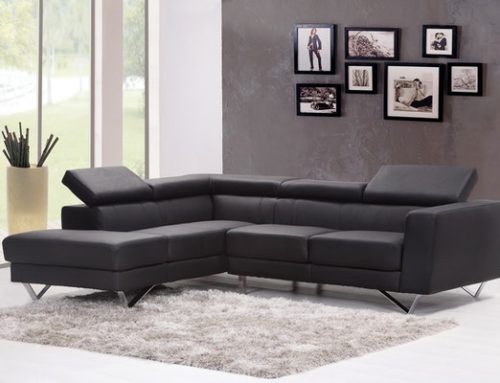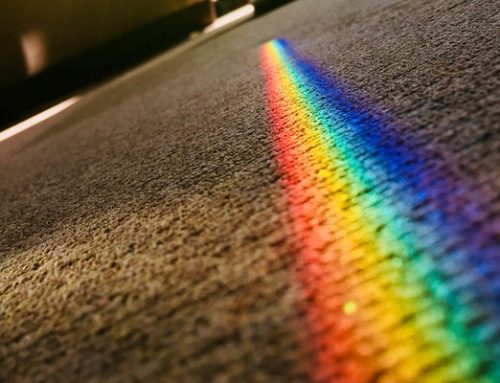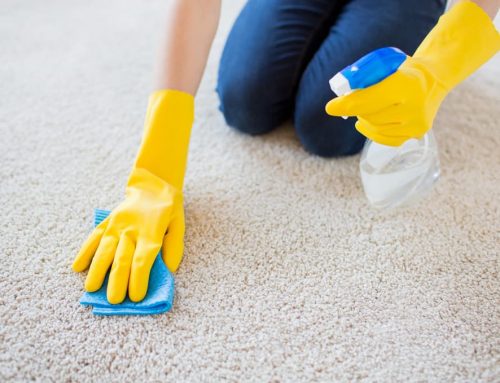Maintaining a clean carpet is crucial for allergy sufferers to improve air quality and reduce symptoms. Carpets can harbour dust mites, pollen, and other allergens, making them a significant source of discomfort for those with sensitivities. Understanding how to eliminate carpet allergies is essential for creating a healthier home environment and minimising respiratory issues.
This guide explores effective strategies to keep carpets clean and allergen-free throughout the year. It covers daily maintenance routines, seasonal deep cleaning methods, and natural solutions to tackle allergens. Readers will learn the importance of regular vacuuming, air purifiers, and chemical-free cleaning options to manage carpet allergies effectively. These tips allow allergy sufferers to breathe easier and enjoy a more comfortable living space.
Understanding Carpet Allergens
Carpets can harbour various allergens that impact allergy sufferers’ health and comfort. These microscopic irritants come from indoor and outdoor sources, settle into the carpet fibres, and cause discomfort for sensitive individuals.
Common Carpet Allergens
The most prevalent allergens found in carpets include:
- Dust mites: These tiny creatures thrive in warm, humid environments and feed on shed human skin flakes.
- Pet dander: Flakes of animal skin that accumulate in carpets.
- Pollen: Brought indoors on shoes and clothing, it becomes trapped in carpet fibres.
- Mould: Develops in carpets exposed to water or high humidity.
- Bacteria: Can lead to allergies and other health issues.
How Allergens Accumulate in Carpets
Due to their structure and placement, carpets act as reservoirs for allergens. When people walk on carpets, these irritants get kicked into the air, worsening allergy symptoms. High-pile carpets, with their long, loose fibres, provide more hiding places for allergens than low-pile options. Even regularly vacuumed carpets can harbour large quantities of trapped allergens.
Health Impacts on Allergy Sufferers
Exposure to carpet allergens can cause a range of symptoms in sensitive individuals:
- Itchy, watery eyes
- Sneezing and runny nose
- Scratchy, irritated throat
- Itchy, red skin or hives
- Coughing and wheezing
- Trouble breathing or shortness of breath
- Feeling of pressure in the chest
These symptoms can lead to allergic rhinitis, contact dermatitis, or allergy-induced asthma. Studies have shown carpeted floors contain significantly more dust, proteins, and allergens than smooth floors. For instance, mite allergen concentrations in carpeted floors were 6-14 times higher than in dust from smooth floors.
Learn more: Eco-Friendly EOT Cleaning Tips
Essential Daily Carpet Maintenance
Effective Vacuuming Techniques
Proper vacuuming is crucial for maintaining clean carpets and reducing allergens. For allergy sufferers, it’s essential to vacuum carpets and other surfaces that collect dust. Here are some effective techniques:
- Before tackling carpets, start with non-carpeted areas: Vacuum curtains, upholstery, and other surfaces.
- Use attachments: Employ crevice tools for corners, edges, and skirting boards.
- Move slowly: This allows the vacuum to pull up dust and pet hair effectively.
- Multiple passes: Inspect each area at least four times to collect microscopic particles and allergens.
- Avoid pressing down: This can mat the carpet pile, making it harder to remove dirt.
- Vacuum in different directions: This ensures a thorough clean.
For allergy sufferers, it’s recommended to vacuum rugs and carpets weekly, mattresses and curtains a few times a week, and high-traffic areas twice weekly. Homes with pets may require more frequent vacuuming.
Dealing with Spills Promptly
Quick action is crucial when dealing with carpet spills. Immediate response can increase the likelihood of complete stain removal by up to 90%. Here’s how to handle spills effectively:
- Blot immediately with a clean white cloth or paper towel.
- Avoid rubbing, as this can push the spill deeper into the fibres.
- Use cold water for most spills, blotting gently to dilute the stain.
- Mix mild dish soap with cold water or create a paste using white vinegar and baking soda for tougher stains.
Implementing a No-Shoes Policy
A no-shoes policy can significantly reduce the amount of dirt and germs entering the home. Studies have shown that shoes can carry over 421,000 different types of bacteria, including harmful ones like E. coli. By leaving shoes at the door, allergy sufferers can create a cleaner, healthier living environment and protect their carpets from unnecessary contamination.
Learn more: 5 DIY Carpet Cleaning Hacks
Seasonal Deep Cleaning Strategies
Spring Cleaning for Pollen Season
As spring arrives, allergy sufferers face increased challenges from pollen and other allergens. To combat this, a thorough, deep cleaning of carpets is essential. Baking soda has proven to be an effective, natural odour absorber. One can sprinkle it liberally over the carpet before bedtime, allowing it to work overnight before vacuuming in the morning. This method helps neutralise odours and absorb allergens trapped in the carpet fibres.
Autumn Maintenance for Mould Prevention
Autumn brings cooler temperatures and increased indoor time, increasing allergens like dust and mould. Due to the warm, wet weather, mould and mildew tend to peak during this season. To prevent mould growth, it’s crucial to maintain proper ventilation, especially in moisture-prone areas like bathrooms and kitchens. A carpet machine solution for deep cleaning is recommended for extensive mould issues. Always ensure good ventilation during and after cleaning, and dry the carpet quickly to prevent further mould growth.
Winter Care for Indoor Allergens
Winter months significantly increase indoor allergens due to closed windows and reduced ventilation. Dust mites and pet dander become more problematic during this time. Regular vacuuming with a CERTIFIED asthma & allergy friendly® vacuum can help keep allergen levels low. For those with pet allergies, it’s advisable to keep pets out of bedrooms and to wash their favourite furniture and toys frequently. Air conditioning with regularly changed filters can help control dust mites and reduce humidity, creating a healthier indoor environment for allergy sufferers.
Learn more: Top End of Tenancy Cleaning Mistakes to Avoid
Natural and Chemical-Free Cleaning Solutions
For allergy sufferers, using natural and chemical-free cleaning solutions can help maintain clean carpets without triggering allergic reactions. These methods offer a safe and effective way to tackle allergens and keep carpets fresh.
DIY Cleaning Recipes
Homemade carpet cleaners are cost-effective and customisable. A popular recipe combines white vinegar and water in equal parts and is sprayed onto the carpet. After a few minutes, baking soda can be sprinkled over the area, let it sit for 15 minutes, and then vacuumed thoroughly. White vinegar, water, and baking soda can be used for tougher stains, followed by gentle scrubbing with a soft-bristled brush.
Another simple yet effective method involves sprinkling baking soda on the carpet, letting it sit overnight, and vacuuming in the morning. This helps absorb odours and allergens, leaving the carpet refreshed.
Essential Oils for Carpet Care
Essential oils can elevate carpet cleaning routines, offering natural antibacterial and antifungal properties. Tea trees, eucalyptus, and lavender oils are particularly effective. They leave carpets smelling fresh and contribute to a healthier living space.
Mix water, distilled white vinegar, and essential oils to create a natural carpet freshener spray. Lavender oil is known for its calming properties and can help soothe allergy sufferers. Lemon essential oil has a refreshing scent and antibacterial qualities, helping to cleanse carpet fibres.
Eco-Friendly Commercial Products
Eco-friendly and micro splitter products are available for those who prefer ready-made solutions. These include:
- Natural Carpet Cleaner (available in 1L and 5L)
- Natural Carpet & Upholstery Prespray
- Natural Carpet Rinse
- Natural Carpet Spotter
- Natural Carpet Deodoriser
These products are designed to be gentle on carpets while effectively removing allergens and odours. They minimise residue left on the carpet after cleaning, making them ideal for allergy sufferers.






